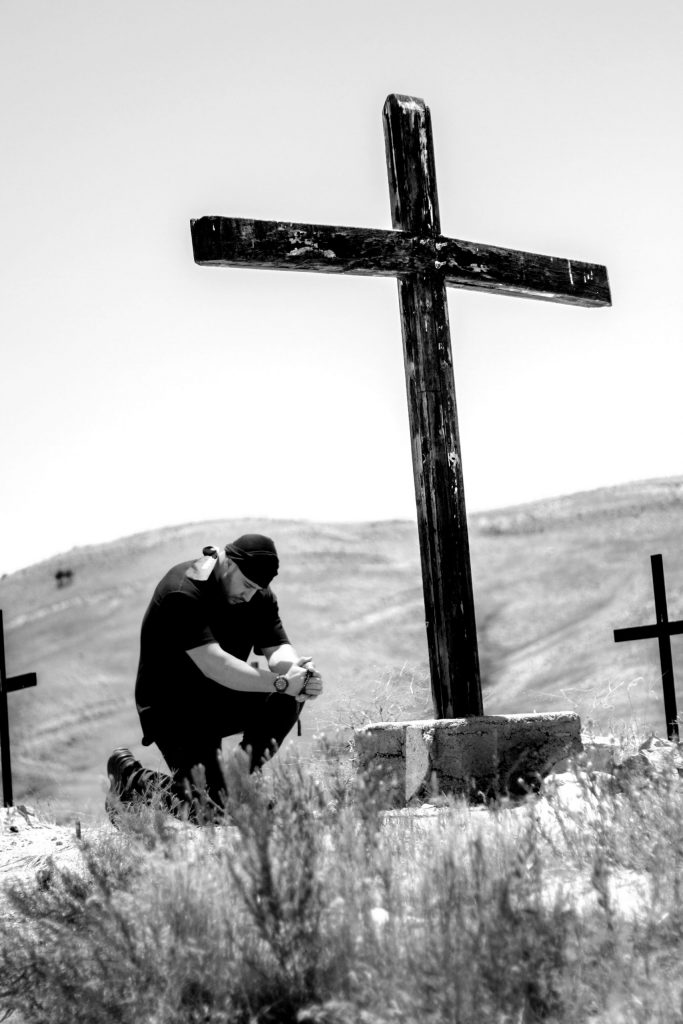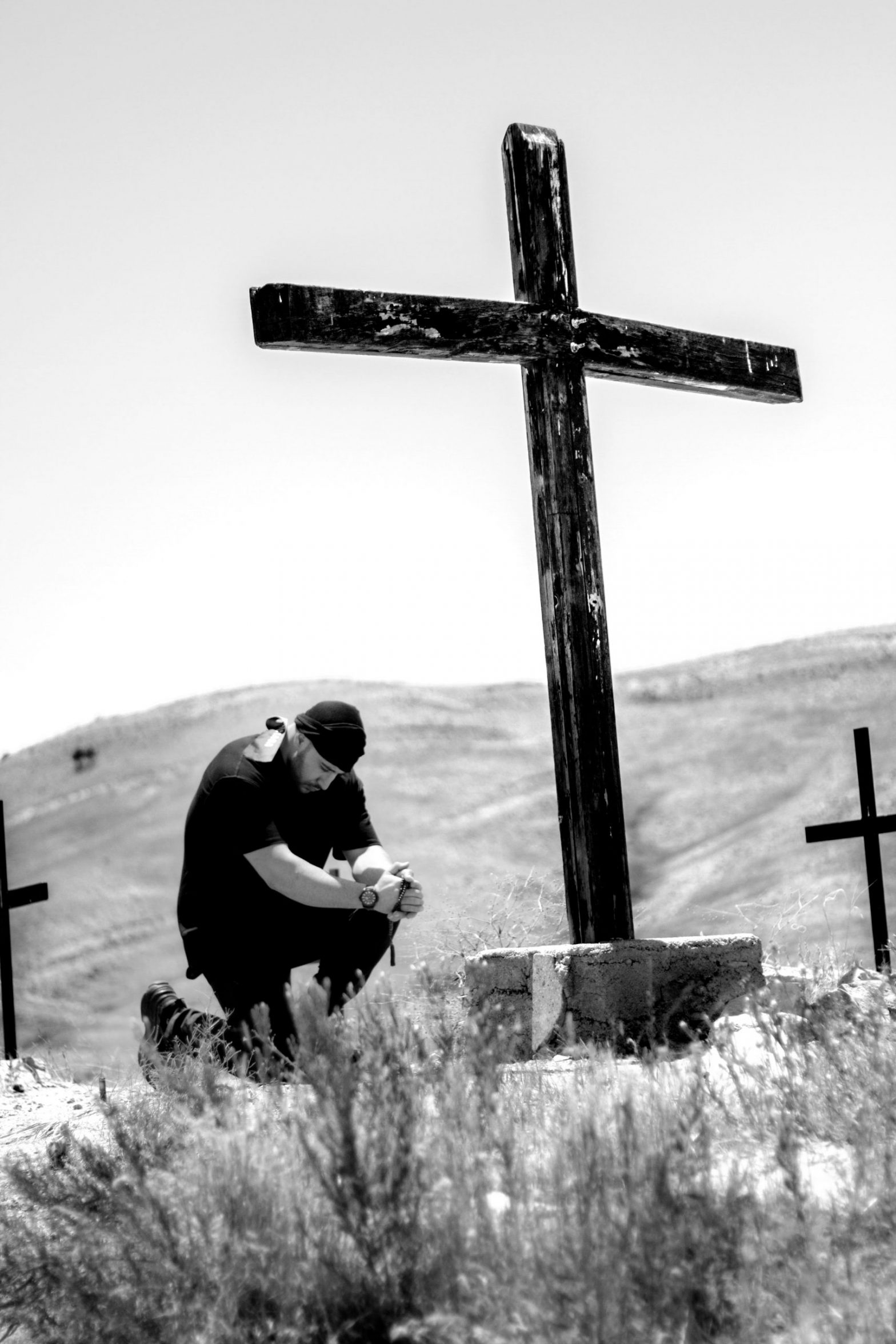
This post was originally published in June 2014. –ed.
What did Jesus set out to accomplish? Did His death and resurrection have any practical effect for this life, or was it all focused on eternity? Consider this: the holy Son of God set aside His glory, humbled Himself by taking the form of a man, lived a righteous life, and willingly surrendered Himself as a perfect sacrifice for the sins of others. Was this all intended merely to forgive sin without removing it?
The apostle John wrote his first epistle to help his readers test the authenticity of their faith. These tests come down to examining whether Christ’s work has had its necessary effect on their lives. And in 1 John 3:5-8, he makes it clear that Christ’s work on our behalf ought to have a significant sanctifying impact in the lives of His people.
You know that He appeared in order to take away sins; and in Him there is no sin. No one who abides in Him sins; no one who sins has seen Him or knows Him. Little children, make sure no one deceives you; the one who practices righteousness is righteous, just as He is righteous; the one who practices sin is of the devil; for the devil has sinned from the beginning. The Son of God appeared for this purpose, to destroy the works of the devil.
Christ’s Work on Our Behalf
Jesus came to earth “in order to take away sins” (1 John 3:5). He came not only to pay the penalty for sin and provide forgiveness, but also to take sins away altogether. As a result of Christ’s substitutionary atonement, believers have been set apart from sin unto holiness. The lawlessness that once characterized their lives has been removed.
Therefore, it is inconsistent with His redeeming work on the cross for anyone who shares in the very life of Christ to continue in sin. In other words, because Christ died to sanctify the believer (2 Corinthians 5:21), to live sinfully is contrary to His work of breaking the dominion of sin in the believer’s life (cf. Romans 6:1-15).
The truth that Christ came to destroy sin is not merely a future hope; it is a present reality. John is not saying—as some have tried to infer—that believers will eventually be delivered from sin when they die, and in the meantime can be as sinful as they were before their conversion. On the contrary, while sanctification may be slow and gradual, Christ’s transforming work in salvation is immediate (Philippians 1:6).
At salvation believers experience a real cleansing of and separation from their sins. On a practical level, that separation continues as they become more and more conformed to the image of Christ. Titus 2:11-14 summarizes well the present and future aspects of sanctification.
For the grace of God has appeared, bringing salvation to all men, instructing us to deny ungodliness and worldly desires and to live sensibly, righteously and godly in the present age, looking for the blessed hope and the appearing of the glory of our great God and Savior, Christ Jesus, who gave Himself for us to redeem us from every lawless deed, and to purify for Himself a people for His own possession, zealous for good deeds.
So the one-time work of Christ on the cross initiates His ongoing work in our lives. But what fuels that ongoing work? What transformation takes place that enables us to overcome sin in this life?
Our New Nature in Christ
John concludes verse 5 with the phrase “in Him there is no sin.” Jesus Christ is the sinless One (2 Corinthians 5:21). This truth has immense practical ramifications. “If you know that He is righteous,” John wrote earlier in the epistle, “you know that everyone also who practices righteousness is born of Him” (1 John 2:29). When God’s saving power is applied to a new believer, they are born again—they receive a new nature. And like a newborn baby, they embark on a life of learning to live in God’s kingdom.
Then in verse 6 the apostle describes the character of the person saved through the work of Jesus Christ. “No one who abides in Him sins; no one who sins has seen Him or knows Him.” Abiding in Christ can be likened to dwelling in His kingdom, following His laws, and celebrating His victories. In short, the new nature draws one toward Christ and away from sin.
Years earlier Paul taught the same truth to the Roman believers.
Therefore we have been buried with Him through baptism into death, so that as Christ was raised from the dead through the glory of the Father, so we too might walk in newness of life. For if we have become united with Him in the likeness of His death, certainly we shall also be in the likeness of His resurrection, knowing this, that our old self was crucified with Him, in order that our body of sin might be done away with, so that we would no longer be slaves to sin; for he who has died is freed from sin. (Romans 6:4-7)
That description outlines key provisions of the New Covenant (Ezekiel 36:25-31), which Paul further elaborates:
But thanks be to God that though you were slaves of sin, you became obedient from the heart to that form of teaching to which you were committed, and having been freed from sin, you became slaves of righteousness. (Romans 6:17-18)
The emphasis of the apostle’s statements is on sanctification. True Christians have the Holy Spirit (Romans 8:12-17), receive a new heart (Acts 16:14), complete forgiveness (Colossians 1:14), and a transformed life (Colossians 3:5-10)—all evidenced in their new ability to obey the law of God.
Sanctification and Assurance
John taught that “no one who sins” (1 John 3:6) can also abide in Christ. It is not that people who become Christians will never sin again (1 John 1:8), but that they will not live as they once did, because “no one who sins” consistently or habitually in the pattern of the unregenerate “has seen Him or knows Him” (3:6).
John further cautioned his readers to make sure no one deceived them concerning a correct understanding of sanctification. Despite any deceptive teaching to the contrary, only the one “who practices righteousness” can have any assurance that he “is righteous, just as [Jesus] is righteous” (1 John 3:7).
John makes the obvious conclusion that because “the Son of God appeared . . . to destroy the works of the devil (1 John 3:8), it is impossible and unthinkable that true believers would continue in devil-like behavior. Today Satan is still opposing the plans and people of God (1 Peter 5:8), but believers are no longer his children or under his rule. We who know and love Christ have been freed from the captivity of sin, and the apostle John—through the inspiration of the Holy Spirit—says we must live accordingly.
So far we’ve seen that a lifestyle of sin is incompatible with saving faith because sin is lawlessness, and true believers have had that defiant, lawless heart replace with a heart of repentance. Today we’ve seen how Christ’s work not only forgives sin, but initiates the life-long process of sanctification. John has one final argument for why sin is incompatible with saving faith, and it focuses on the ongoing ministry of the Holy Spirit. We’ll wrap up this series with that last point next time.

Republished with permission from Blogs.crossmap.com, featuring inspiring Bible verses about Sin and the Work of Christ.
